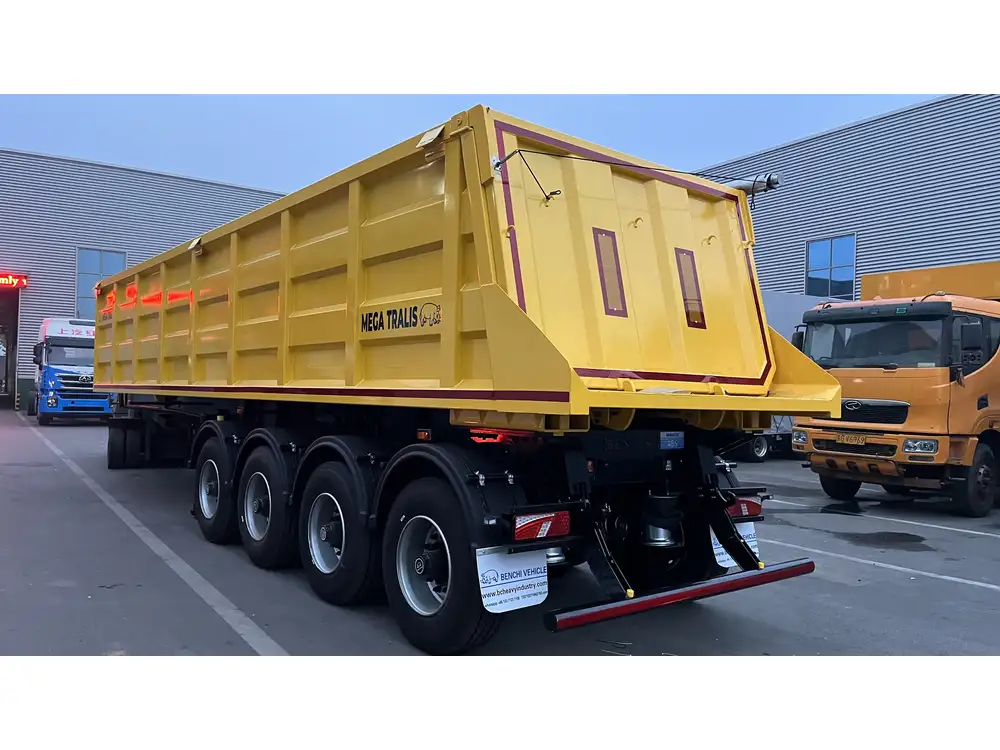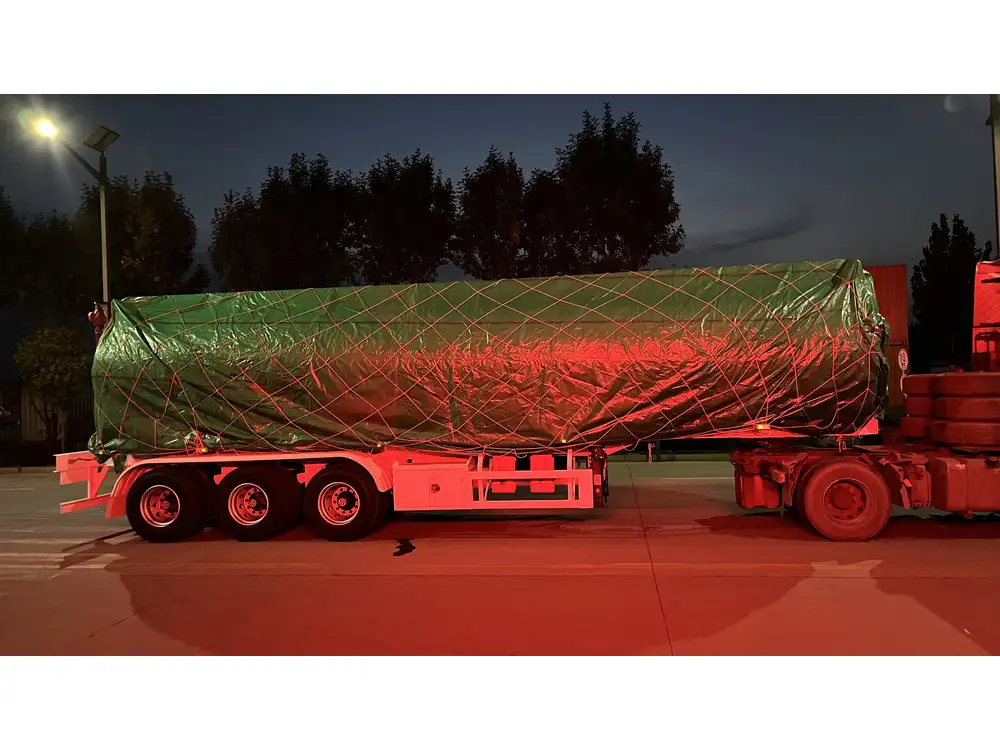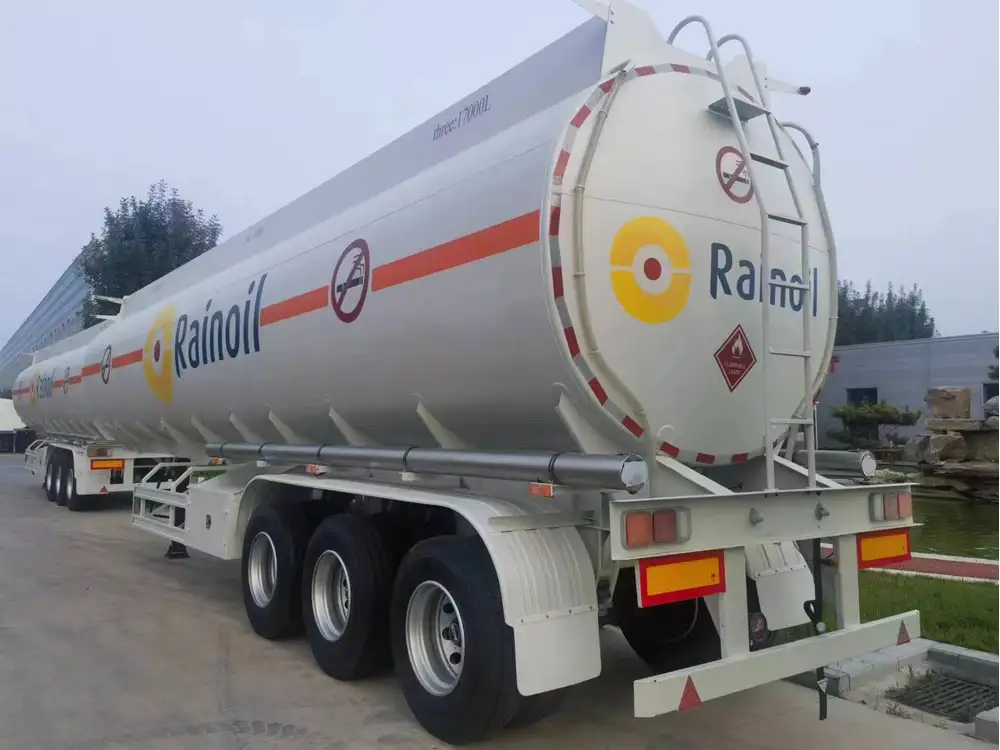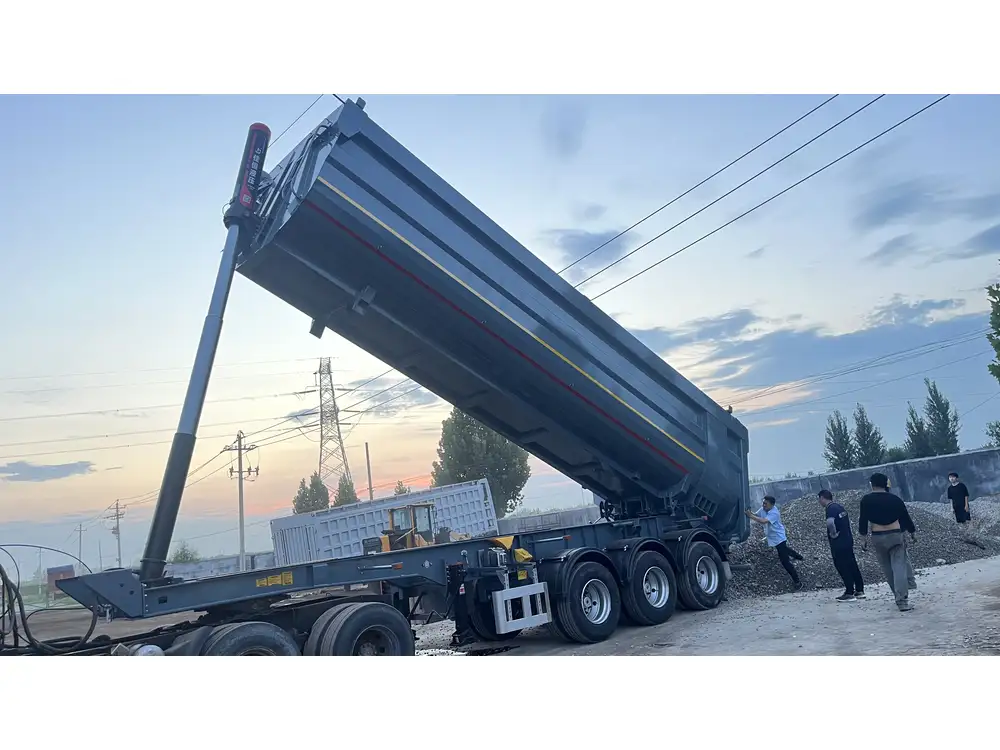The manufacturing landscape of semi-trailers is intricate, where precision engineering meets logistical prowess. Companies in this sector rely heavily on mathematics and statistics to drive efficiency, enhance performance, and uphold safety standards. This article delves into the multitude of ways in which mathematical principles and statistical methodologies are interwoven into the fabric of semi-trailer manufacturing.
Understanding the Core Mathematical Foundations
The Importance of Geometry in Design
At the heart of semi-trailer manufacturing lies geometry, a branch of mathematics that deals with the properties and relationships of shapes and spaces. The design of a semi-trailer involves meticulous calculations to ensure structural integrity and optimal aerodynamics. Key aspects include:
- Dimensions and Volumes: Accurate measurement of length, width, height, and load capacity is critical. Miscalculations can lead to underperformance or structural failures.
- Load Distribution: Engineers utilize geometric principles to determine how loads are distributed across the trailer. This includes calculating the center of gravity, which significantly affects stability during transport.
- Aerodynamic Design: Mathematical models help simulate airflow, allowing designers to modify shapes for reduced drag, leading to improved fuel efficiency.

Algebra for Efficiency Optimization
Algebra plays a crucial role in various optimization processes throughout the manufacturing cycle. Key applications include:
| Application | Description |
|---|---|
| Supply Chain Optimization | Utilizing algebraic equations to minimize costs and maximize throughput in the manufacturing process. |
| Resource Allocation | Applying linear algebra to calculate the most efficient allocation of materials and labor. |
| Cost Analysis | Employing algebra to analyze the cost structures and identify areas for financial improvement. |
Through these applications, semi-trailer manufacturers are equipped to make informed decisions that directly impact profitability.
Statistical Analysis for Quality Control
Implementing Statistical Process Control (SPC)
In a manufacturing setting, quality assurance is paramount. Statistical Process Control (SPC) utilizes statistical methods to monitor and control processes:
- Control Charts: Engineers create control charts to visualize data over time, identifying trends or deviations from standard performance.
- Sampling Methods: Manufacturers employ various sampling techniques, like stratified sampling, to ensure representative quality checks without exhaustive resource use.
- Analysis of Variance (ANOVA): This technique allows for the comparison of multiple processes or production runs to ascertain the cause of variability.

Reliability Engineering through Statistics
Reliability engineering focuses on ensuring that every semi-trailer meets performance standards. Statistics are employed to:
- Failure Rate Calculation: Analyzing historical data helps in forecasting potential failures and designing redundancy into the systems.
- Predictive Maintenance: By applying statistical models, manufacturers can predict when components are likely to fail, allowing for preemptive maintenance and reduced downtime.
Advanced Mathematical Models for Performance Simulation
Finite Element Analysis (FEA)
FEA is a computational technique that uses mathematical models to predict how products react to real-world forces. In semi-trailer manufacturing, FEA is used extensively to:
- Assess Structural Integrity: By simulating weight, pressure, and force, engineers can identify potential weak points in the design before production begins.
- Heat Transfer Analysis: Understanding how heat affects materials under stress is vital in designing trailers that will carry heavy loads over long distances.

Mathematical Optimization for Load Management
Mathematical optimization techniques, including linear programming and integer programming, are applied to manage and optimize load:
- Maximizing Load Efficiency: By calculating the optimal way to distribute loads across the trailer, manufacturers enhance fuel efficiency and reduce wear and tear on the vehicle.
- Route Optimization: Logistic algorithms, which often rely on complex mathematics, help determine the most efficient routes for trucks, reducing delivery times and operational costs.
Addressing Industry Challenges with Math
Problem Identification and Analysis
The semi-trailer manufacturing industry faces a host of challenges, from regulatory compliance to volatile fuel prices. Mathematical analysis aids in identifying root causes and proposing viable solutions.

Key Challenges Include:
- Material Shortages: Statistical models can predict the impact of material shortages on production schedules.
- Environmental Regulations: Math can be used to calculate emissions and develop designs that meet environmental standards without compromising performance.
Cost-Benefit Analysis for Decision-Making
To navigate these challenges effectively, businesses must constantly assess their decisions. A robust cost-benefit analysis fueled by statistical methods allows for:
- Assessing return on investment (ROI) for new technologies or processes.
- Evaluating the long-term financial implications of operational changes.
Table: Cost-Benefit Analysis Framework
| Action | Expected Benefits | Potential Costs |
|---|---|---|
| Invest in new manufacturing tech | Increased efficiency, reduced labor costs | Initial cash expenditure |
| Implement eco-friendly materials | Compliance with regulations, enhanced brand | Higher material costs |
| Training programs for staff | Improved productivity, enhanced safety | Training costs, time away from output |

Future Trends in Mathematics and Statistics in Semi-Trailers
Embracing Data Analytics
The advent of big data analytics is revolutionizing how manufacturers approach decision-making. Data analytics helps in:
- Predictive Analytics: By leveraging historical data, manufacturers can predict trends and adjust production strategies accordingly.
- Real-Time Monitoring: Utilizing IoT (Internet of Things) devices, semi-trailer manufacturers can collect real-time data from their products, enabling continual improvements in quality and efficiency.
Artificial Intelligence and Machine Learning
AI and machine learning are beginning to play pivotal roles in semi-trailer manufacturing. These technologies utilize complex algorithms rooted in statistics to:
- Optimize Design Processes: Machine learning algorithms can analyze vast datasets of past designs and performance metrics to recommend new improvements.
- Enhance Supply Chain Management: Statistical models inform machine learning systems to make supply chain decisions faster and more accurately than traditional methods.

Sustainable Manufacturing Practices through Mathematics
As the industry shifts towards sustainability, mathematical models guide the development of more eco-friendly practices. This includes:
- Life Cycle Analysis (LCA): Assessing the environmental impact of a semi-trailer throughout its entire lifecycle—design, manufacturing, usage, and disposal.
- Optimization of Energy Use: Applying mathematical approaches to enhance energy efficiency in manufacturing processes.
Conclusion: Mathematics and Statistics – The Backbone of Semi-Trailer Manufacturing
In conclusion, the intersection of mathematics and semi-trailer manufacturing is not just a marginal facet of the industry but indeed its backbone. From geometric precision in design to sophisticated statistical methodologies ensuring quality and reliability, the role of math is indispensable. As the sector increasingly adopts technology, the fusion of traditional mathematics with cutting-edge analytics will only solidify its foundation. Companies that embrace these principles will undoubtedly find themselves at the forefront of innovation, efficiency, and competitiveness in an ever-evolving marketplace.



